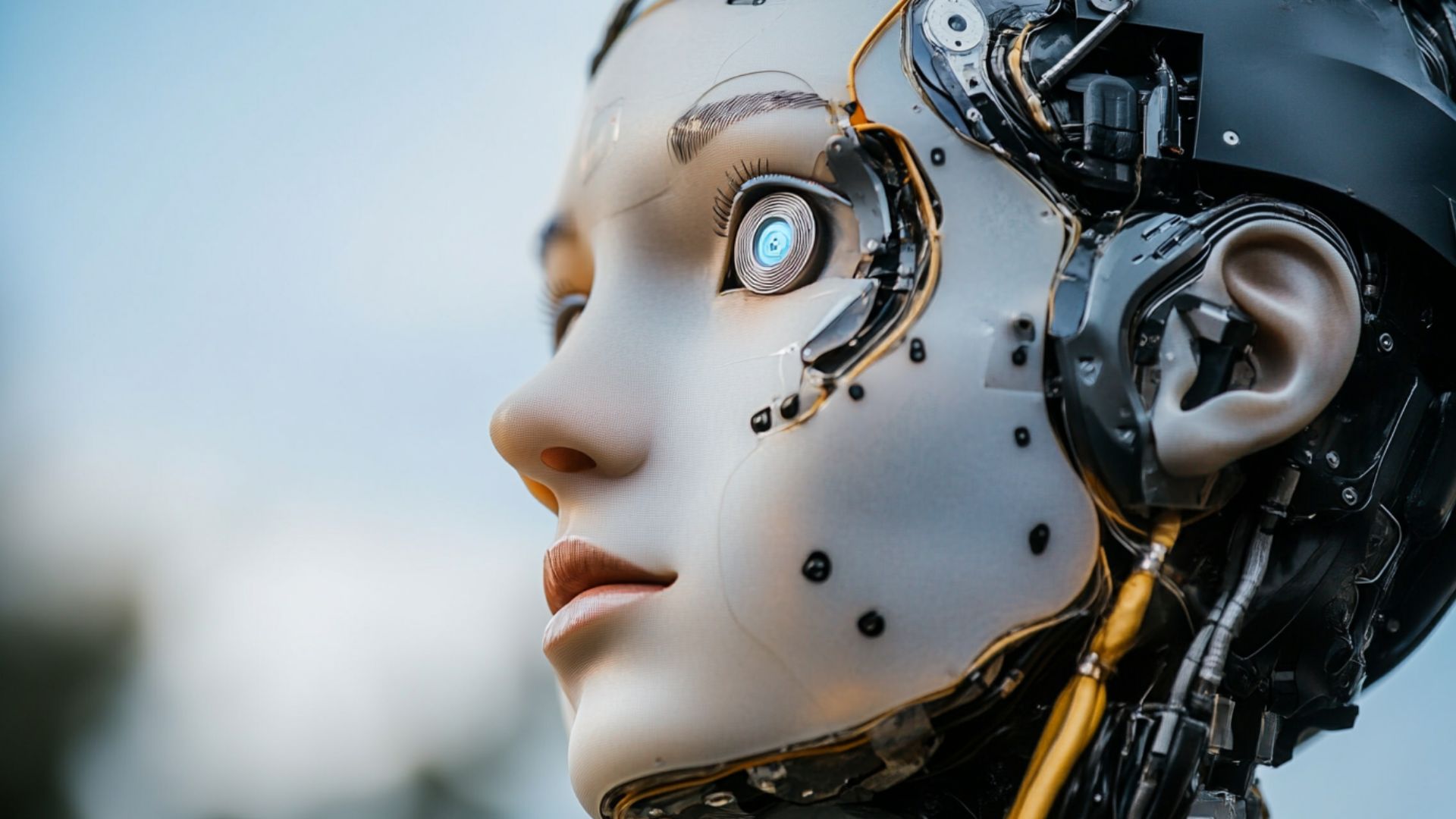Process Automation in Project Management with Intelligent Agents

The increasing complexity of tasks necessitates inventive solutions. The goal is to simplify activities and increase efficiency. Enter procedural streamlining and artificial intelligence (AI). It's a formidable team that is transforming work control.
Process automation in project management tackles repetitive, rule-based tasks. Those consume valuable executives' time. These helpers free executives to focus on strategic decision-making and team leadership.
But it doesn't stop there. AI goes beyond basic robotization. These helpers can analyze data, identify potential threats, and suggest solutions. This support empowers task executives to anticipate challenges and keep work on track.
We'll explore how this dynamic combination is transforming task control practices. We'll uncover the specific tasks ripe for robotization. Also, we will dive into the capabilities of AI workers and showcase how this technology empowers task executives to achieve unprecedented success.
The Role of Process Automation in Enhancing Project Management
Robotization acts as a game-changer for work control. It boosts efficiency and effectiveness in several key ways:
- Increased Efficiency. Repetitive tasks are digitized, freeing executives for strategic work. Those tasks are sending status updates, scheduling meetings, or generating reports.
- Improved Accuracy. Automating data set entry and calculations minimizes human error. Process automation for project management leads to reliable data sets for informed decision-making.
- Enhanced Resource Control. Digitized task assignment and resource allocation optimize team utilization and avoid bottlenecks.
- Streamlined Collaboration. Robotization facilitates seamless communication by automatically notifying team members. It keeps everyone aligned.
- Faster Task Delivery. Streamlined tasks and reduced administrative burden lead to faster task completion times.
Application of virtual personal assistant across the project lifecycle:
- Planning. Digitized budget estimations, scheduling tools, and resource allocation based on historical data sets.
- Execution. Digitized task creation and assignment, progress tracking, and communication triggers based on milestones.
- Monitoring. Real-time dashboards showcasing key metrics, digitized threat alerts, and performance reports.
Task robotization acts as a force multiplier for executives. It grants them enhanced control over work. It translates to a well-oiled machine. Tasks become predictable, streamlining completion and minimizing hiccups. Firms can hit targets and propel themselves towards long-term success by eliminating human error and inefficiencies.
Leveraging Project Management Virtual Assistants
Control AI Helpers are AI-powered helpers. They are specifically designed to support task executives. These AI assistants take on a variety of administrative and coordination tasks. They free up valuable time for task executives to focus on strategic initiatives. Here's how PMVAs can enhance control:
- Scheduling and Calendar. PMVAs can schedule meetings, create team calendars, and automatically send reminders and updates. It ensures that everyone meets deadlines.
- Communication Facilitation. PMVAs can robotize communication processes. It's done by sending team members emails, notifications, and status updates based on pre-defined triggers. Project management virtual assistant eliminates manual communication burden. It promotes transparency.
- Resource Allocation and Tracking. PMVAs can analyze team member availability, skill sets, and workload. They also suggest optimal resource allocation for tasks. They can also track time spent on tasks. It allows for better budgeting and resource control in the future.
By handling these routine tasks, PMVAs create a streamlined and efficient environment. There, executives can focus on higher-level responsibilities. They are team leadership, threat mitigation, and strategic decision-making.
Innovations in Project Management Workflow Automation
The world of work control robotization is constantly evolving. There are advanced technologies that reduce manual effort and increase accuracy. Let's explore some exciting innovations:
- Machine Learning (ML) for Threat Control. ML algorithms can analyze historical project data sets to identify potential threats. Early threat detection allows executives to take proactive measures. They can mitigate negative impacts.
- Robotic Automation (RA) for Data Control. RA robotizes data set entry and manipulation tasks across different platforms. It eliminates human error and ensures data set consistency. Project management workflow automation facilitates accurate reporting and informed decision-making.
- Natural Language Processing (NLP) for Communication Enhancement. NLP can be used to understand natural language instructions. It allows executives to assign tasks and communicate updates through voice commands.
- Advanced Analytics for Performance. Control software integrates advanced analytics. It's to provide real-time insights into performance. It allows task executives to identify areas for improvement and make data-driven adjustments.
Control robotization is undergoing a metamorphosis, with these innovations acting as catalysts. The boundaries that once restricted efficiency and accuracy are dissolving. Executives who embrace these advancements unlock a treasure trove of possibilities. Imagine production lines humming with maximized efficiency, robotic arms wielding pinpoint precision, and data analysis generating real-time insights – all fueled by this new wave of robotization. The result? Businesses empowered to achieve levels of success previously unimaginable.
Implementing Virtual Assistant Project Management Software
Selecting and implementing AI workers as task control software requires careful consideration. It's to ensure optimal benefits for your tasks. Here's a breakdown of key factors:
- Feature selection:
- Identify your specific needs. Is the focus on automating scheduling tasks, streamlining communication or controlling resources?
- Choose software with features aligned with your needs. Look for options like digitized task assignments, communication triggers, and real-time progress tracking.
- Integration:
- Ensure the virtual assistant software integrates seamlessly with your existing project management tools. It allows for smooth data set flow and reduces manual data entry across platforms.
- Consider integrations with calendars, communication platforms, and cloud storage services. It's for effortless data set accessibility.
- Customization:
- Opt for software with customization options. It allows you to tailor work to your specific style and team dynamics.
- Look for features like customizable templates for digitized tasks and the ability to set specific triggers.
Case studies in action:
Marketing agencies deployed VA task control tools to robotize the scheduling of client meetings. They help send team communication updates and generate basic reporting. It freed up executives to focus on creative strategy and client relationship building. It leads to an increase in client satisfaction.
By following these guidelines and leveraging case studies for inspiration, you can successfully implement virtual assistant project management software and unlock the potential for a more streamlined, efficient, and, ultimately, successful approach.
Optimizing Project Delivery with Workflow Automation

Robotization offers a powerful toolkit. It's for optimizing task delivery timelines, quality, and stakeholder satisfaction. Here are key strategies to leverage its potential:
Enhancing delivery timelines:
- Robotize Repetitive Tasks. Free up executive time by automating tasks like data set entry, report generation, and sending status updates. It allows them to focus on core activities that drive progress.
- Streamline Approvals. Robotize approval for documents and deliverables. It eliminates routing delays and keeps tasks moving forward.
- Trigger-Based Actions. Set up digitized triggers based on project milestones. For example, you can automatically send notifications to relevant stakeholders. It's when tasks are completed or deadlines approach.
Ensuring quality:
- Digitized Quality Checks. Integrate AI testing tools within the workflow for project management automation. It's to identify and address quality issues early in the development phase.
- Standardization and Consistency. Define and robotize standard operating procedures (SOPs) for the key tasks. It ensures consistent quality across deliverables.
- Real-Time Visibility. Use task control dashboards with real-time data. It's to monitor the progress and identify potential quality deviations early on.
Boosting stakeholder satisfaction:
- Improved Communication. Robotize communication. It's to keep stakeholders informed of task progress through regular reports and updates.
- Proactive Threat Control. Leverage digitized threat identification tools. It's important to address potential issues proactively before they impact stakeholder satisfaction.
- Self-Service Dashboards. Provide stakeholders with access to self-service dashboards. There, they can track the progress and key metrics at their convenience.
Challenges and solutions in complex tasks:
- Process Mapping. Complex ones require thorough mapping to identify robotization opportunities. Invest time in work analysis. It's to ensure the successful implementation of virtual assistant project management software.
- Flexibility and Exceptions. No single automation solution fits all. Design operation with flexibility. It's to handle exceptions and allow for human intervention when necessary.
- Change. Implementing robotization can impact team dynamics. Prepare your team for the changes. Provide adequate training to ensure smooth adoption.
By strategically implementing operation robotization, the executives can streamline repetitive tasks. They can free themselves for higher-level thinking. However, addressing challenges like process mapping and change management is crucial. Once these hurdles are overcome, task executives can unlock significant improvements.
Future Trends in Project Management Automation
The future of process automation in project management is brimming with exciting possibilities. Here's a glimpse into what lies ahead:
- Hyper Robotization. We'll see a move toward hyper robotization. It's the AI orchestration of multiple robotization technologies. They're Robotic Automation (RA), Machine Learning (ML), and Natural Language Processing (NLP). It will lead to a holistic approach to task operation. It will encompass intelligent task execution, decision-making, and seamless human-AI collaboration.
- AI-powered Planning. AI will become even more sophisticated. It will leverage vast historical data sets to predict the resource needs, timelines, and potential threats. Task executives will be empowered to make proactive adjustments and optimize the plans.
- Self-Learning AI Works. Virtual personal assistants for projects will evolve into self-learning entities. By analyzing user behavior and task data, PMVAs will become increasingly proactive. They will anticipate needs and suggest even more AI solutions. Imagine a PMVA that automatically adjusts resource allocation based on real-time workload or predicts threats before they occur.
- Collaborative Robotization. The future holds promise for collaborative robotization tools. They seamlessly integrate human and AI expertise. Task executives will leverage the strengths of AI for data set analysis and task execution. Meanwhile, they will apply their human judgment and creativity for strategic decision-making.
- Democratization of Control. User-friendly robotization tools will empower non-task control professionals to control work effectively. This will be particularly valuable for smaller teams or organizations. Those usually have limited control resources.
These advancements in workflow automation promise to transform project management into a data-driven, intelligent discipline. Integrating robotization and AI workers marks a paradigm shift in task control. Executives can achieve greater efficiency by automating repetitive tasks and leveraging AI-powered insights.
They can improve work delivery and focus on strategic initiatives. Technology continues to evolve. So, the future of task control promises to be hyper-digitized, collaborative, and driven by AI. This exciting landscape empowers executives to navigate complexities with confidence.


